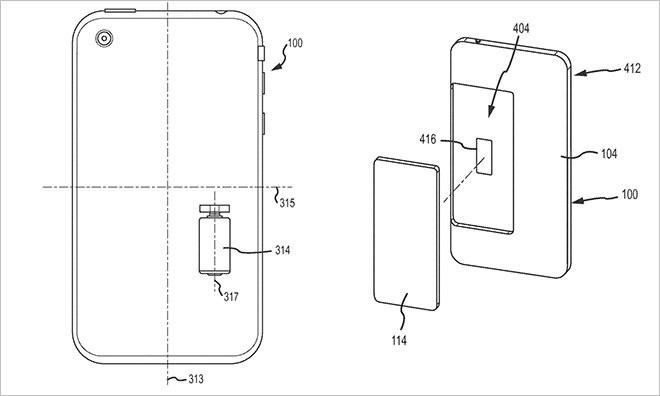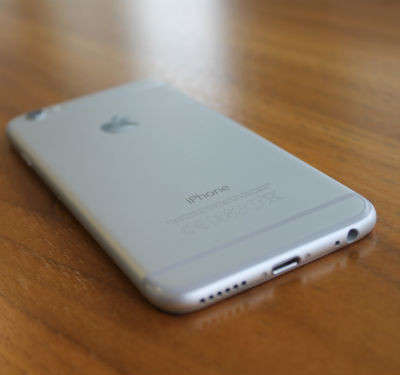Future iPhone will protect itself from falls by shifting weight in mid-air

A future iPhone could protect itself from falls by using the vibration motor to adjust its centre of gravity, meaning smashed screens may be a thing of the future-past.
A patent awarded to Apple by the US Patent and Trademark Office this week, describes a "protective mechanism for an electronic device" and calls on the iPhone's processing power to recognise a fall, calculate the potential impact, and work at lightening speed to come up with a plan to save the fragile glass screen.
Once the phone's speed of descent, time to impact and any degrees of spin have been calculated using the accelerometer and gyroscope already fitted to current iPhones, the system then calls on the vibration motor to fire, which shifts the handset's centre of gravity, countering the spin and ensuring it lands screen-up.
Although the current iPhone 6 and 6 Plus don't use a spinning weight to vibrate, all previous iPhones did, so installing such a system isn't as far from reality as it first sounds. In practice, it is claimed the vibration motor used by previous iPhones is powerful enough for the job, and the patent describes how its speed could be increased in such situations.

Apple is also looking at ways headphones can be used to save a falling iPhone. One system would lock headphones into the port when a fall was detected, in the hope that them snagging on your ears or clothing would stop or slow the fall; the system could also be used to jettison the cable if the phone thinks that will help - perhaps if your headphones get caught on something and risk pulling your phone off a table.
Compressed gas and aerodynamics
The California company has been experimenting with ways to protect falling iPhones for some time, and a patent awarded in March 2013 describes a system using canisters of compressed gas, which would fire at the ground to slow impact.
Another system employs retracting air foils and aerodynamic surfaces to spring out from the phone, increasing drag and hopefully reducing the impact. Finally, Apple's patent talks of retracting buttons and switches to avoid them being damaged when dropped.
While these ideas seem a long way from reality, clever use of the iPhone's numerous sensors and vibration motor appears much more plausible - and until much stronger sapphire crystal screens are cheap enough for mass production, it could become one of future iPhones' most important features.
© Copyright IBTimes 2025. All rights reserved.





















